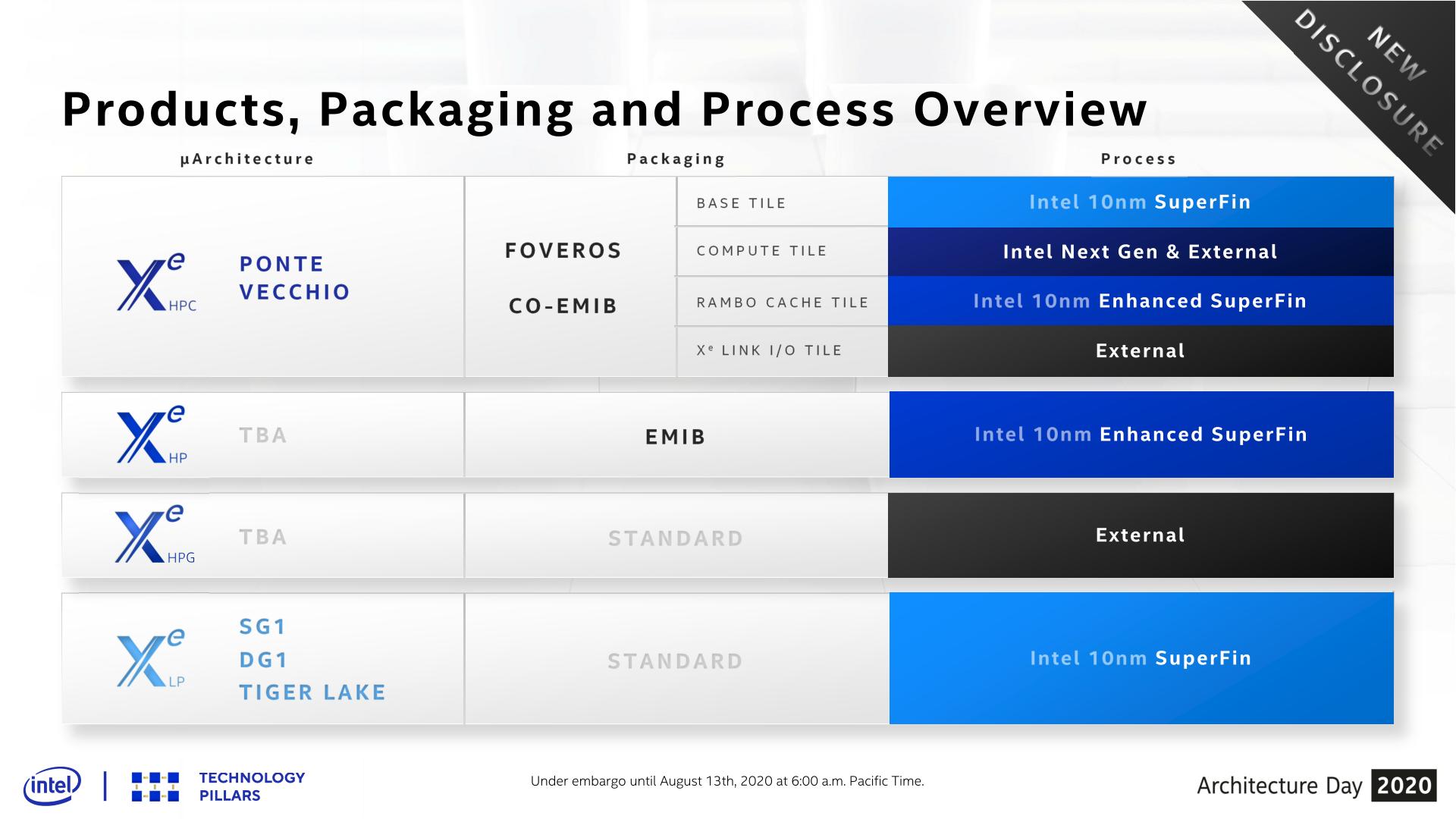Intel announced its Arc-A series mobile graphics, but it teased a "limited edition" Arc desktop graphics card.
Intel Teases Arc Limited Edition Discrete Desktop GPU : Read more
Intel Teases Arc Limited Edition Discrete Desktop GPU : Read more


